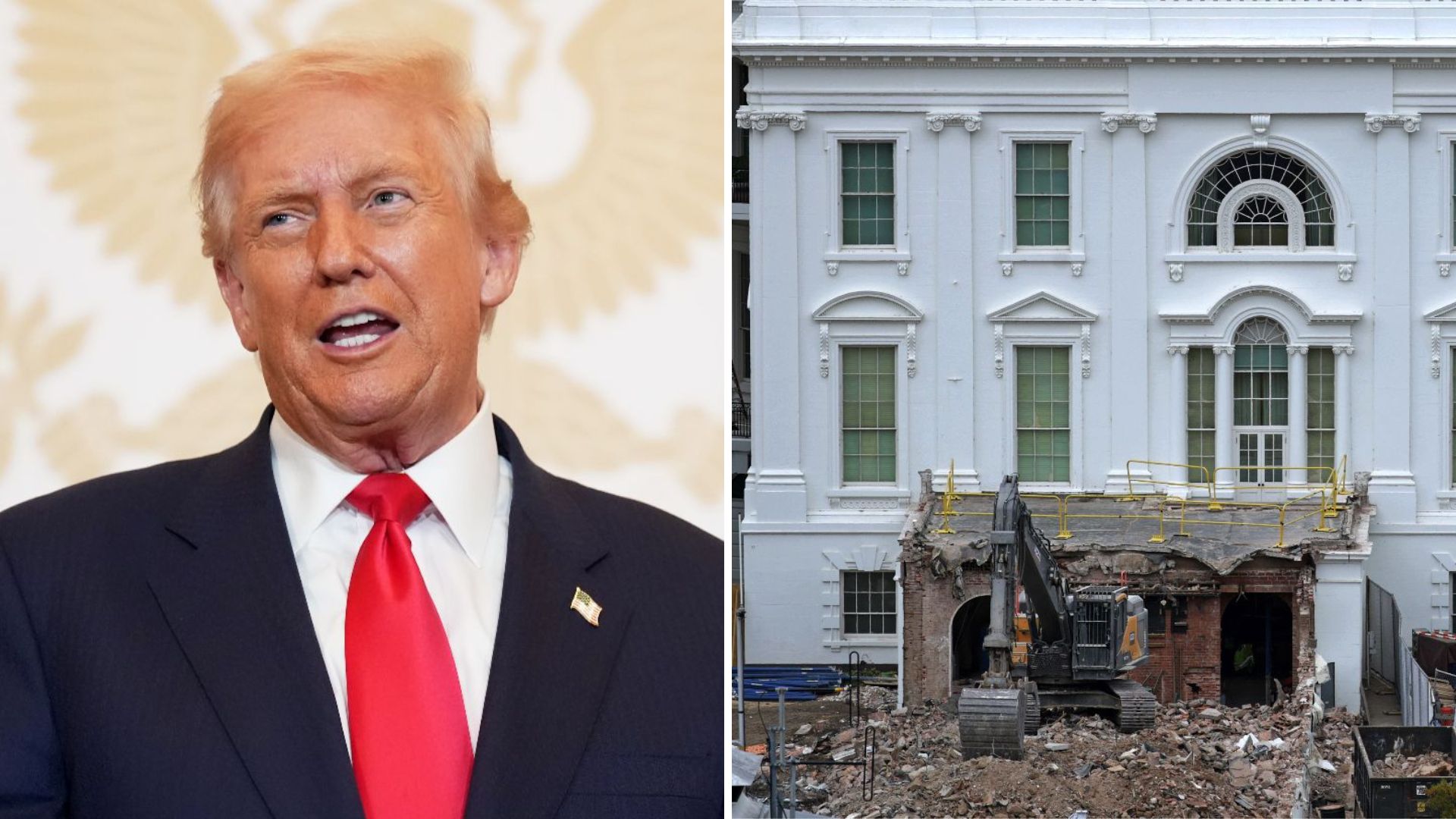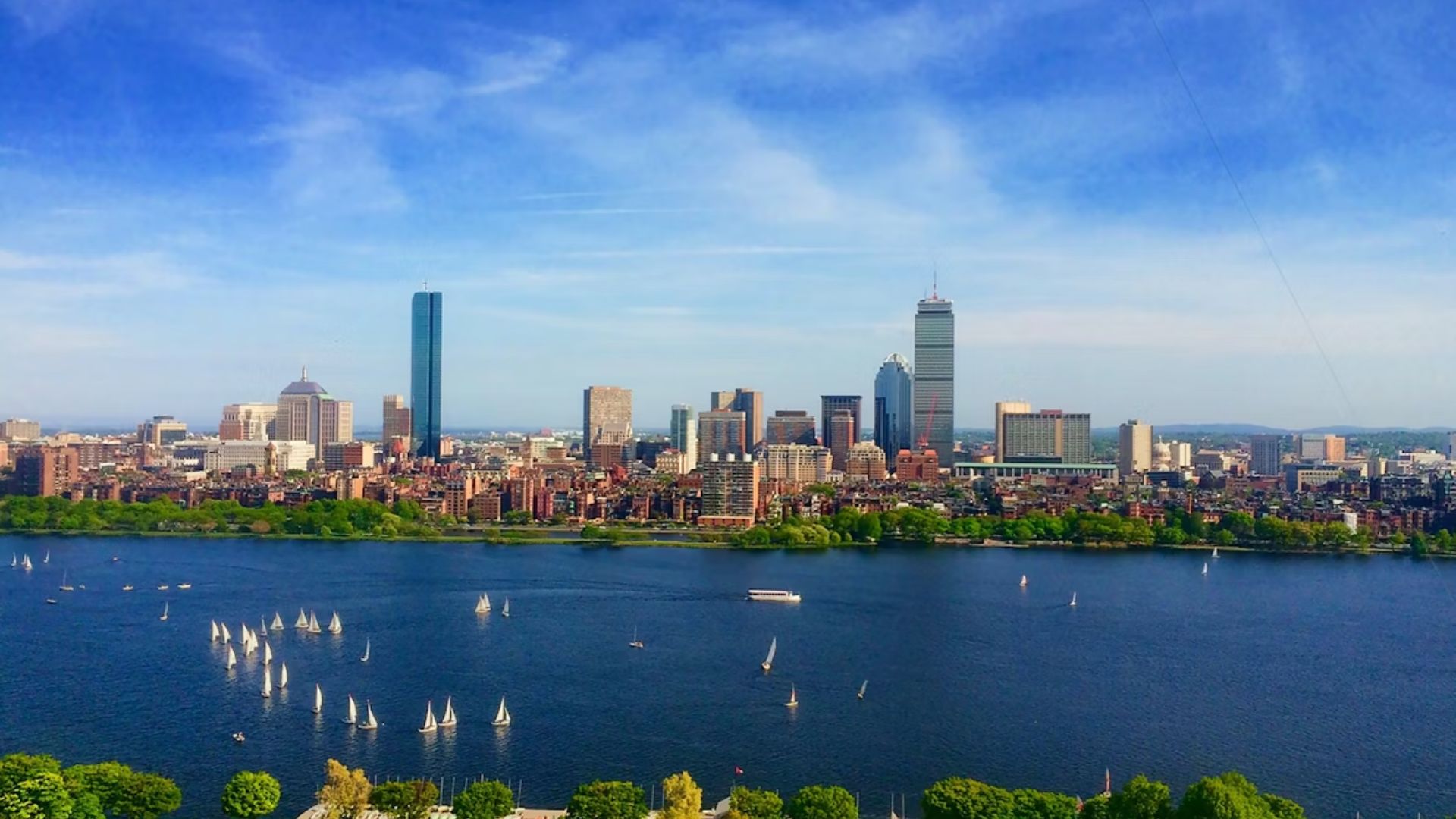
Some cities welcome you with intuitive layouts, crystal-clear signage, and transportation that arrives on schedule. Others turn every trip into an elaborate puzzle where even GPS seems confused and three different streets somehow share the same name. Urban navigation can make or break a travel experience. The best cities feel effortless with subway maps that make sense and signs that point in the right direction. These ensure you’re confidently moving like a local within minutes. The worst cities feel designed to disorient, where every corner presents a new challenge. Here is a breakdown of 7 cities with the easiest navigation and 7 with the worst and why.
Amsterdam, Netherlands: Bike-Friendly Streets And Intuitive Canals

Nearly 40% of all trips in Amsterdam happen on two wheels. Why? Because there are more bikes than residents. The city’s canals form a concentric loop, which makes directions surprisingly simple. Pictogram street signs also help non-Dutch speakers. When winter comes, the canals freeze, turning into icy highways for skaters. Pedal or glide—your call.
Singapore: Seamless Transit In A Clean, Compact City

The MRT covers almost every part of the city-state, and this makes cross-town travel swift. Additionally, English signage ensures clarity, even for first-time visitors, and color-coded lines streamline decisions. Even the malls are connected underground. But hey, don’t jaywalk here because the fines are steep, but that discipline keeps the system humming.
Vienna, Austria: Logical Layout And Top-Tier Transport

Vienna’s U-Bahn runs like clockwork, complemented by a smart ring-road design radiating from the city center. Historic trams, in service since 1865, still move thousands daily. Free Wi-Fi in transit stations? Yes, please. The iconic landmarks often stay in sight, and they help you reorient at a glance.
Tokyo, Japan: High-Tech Precision With A Learning Curve
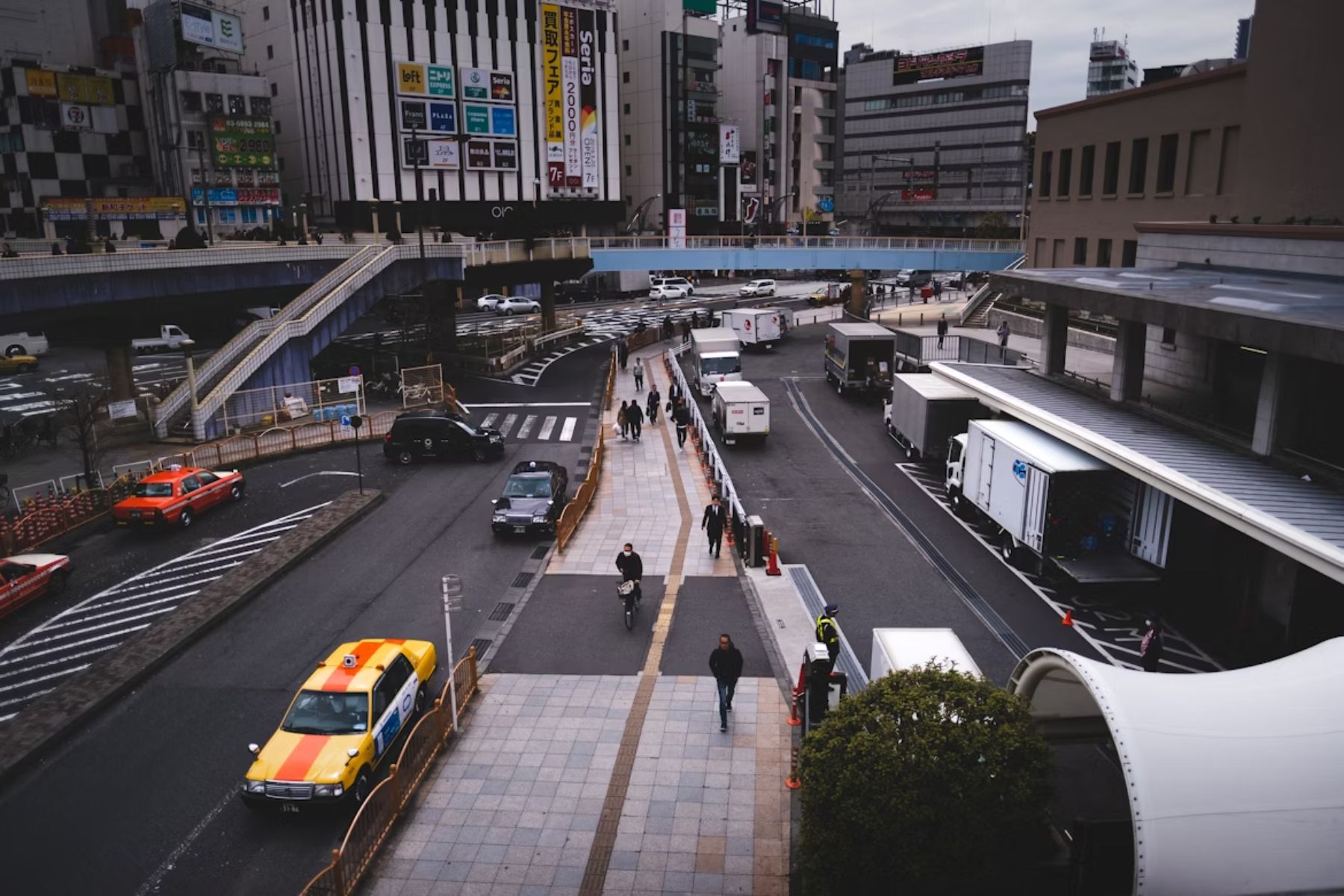
Trains here are famously punctual and spotless. English signage is widespread, and even vending machines can be found in rural areas. Each station plays its own melody, with the station staff donning white gloves while managing crowds. It’s a marvel of order, even if it takes a minute to grasp.
Copenhagen, Denmark: Designed For Pedestrians And Cyclists
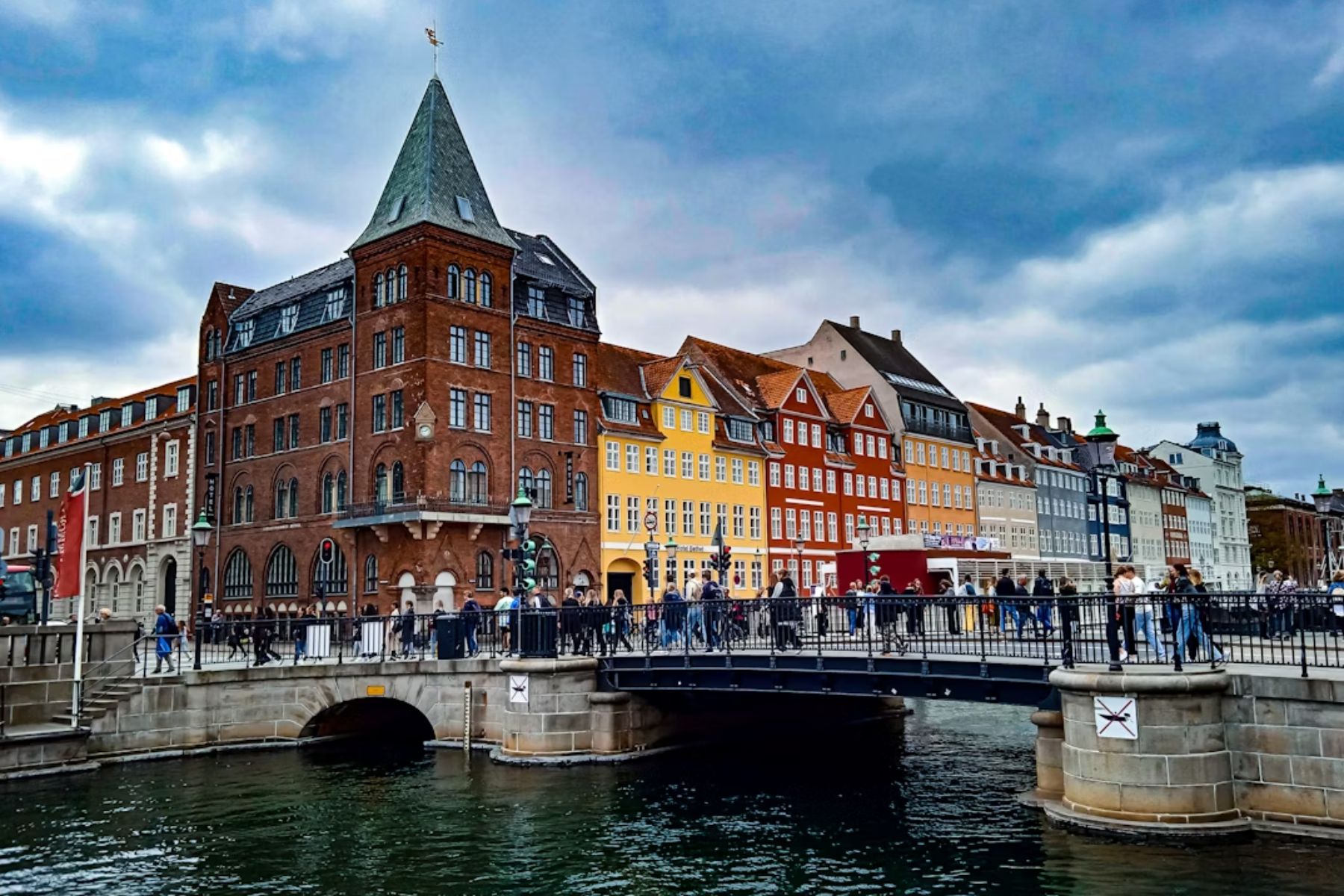
Over 400 kilometers of bike lanes crisscross the city. Copenhagen’s Metro runs 24/7 with driverless trains. You’ll spot harbor buses cruising along the water, which are also part of the public transit system. The terrain is mostly flat, making walking easy. GPS-linked bike shares sweeten the deal for visitors.
Seoul, South Korea: Navigation Made Easy By Tech Integration
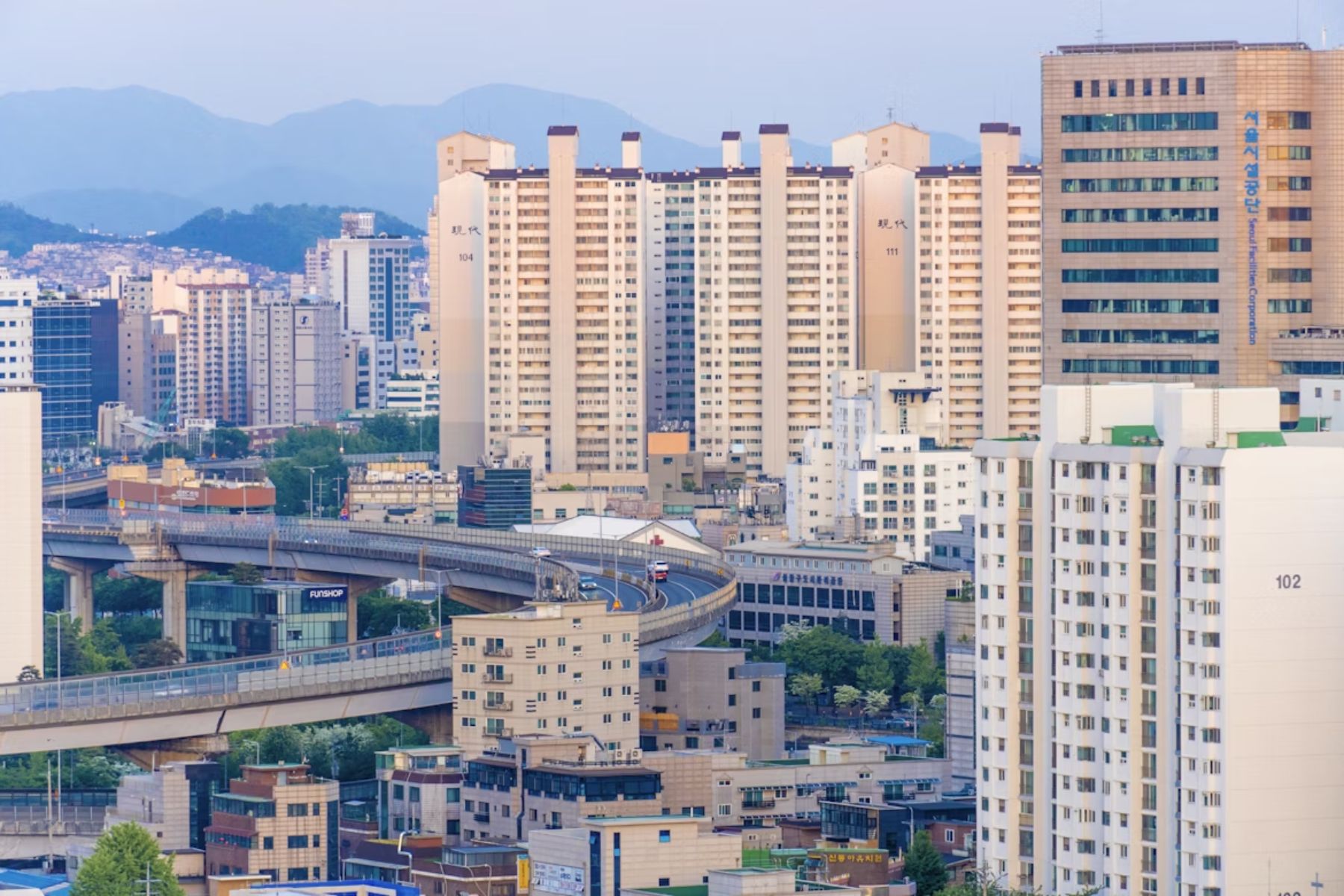
Subway maps include Romanized letters for non-Korean readers. Another plus is that real-time transit apps keep you informed to the second to ensure you never miss a bus or train. As if that’s not enough, every station has screen doors and onboard TVs show where you are and what’s coming next.
Vancouver, Canada: Compact Downtown And Smart Public Transit
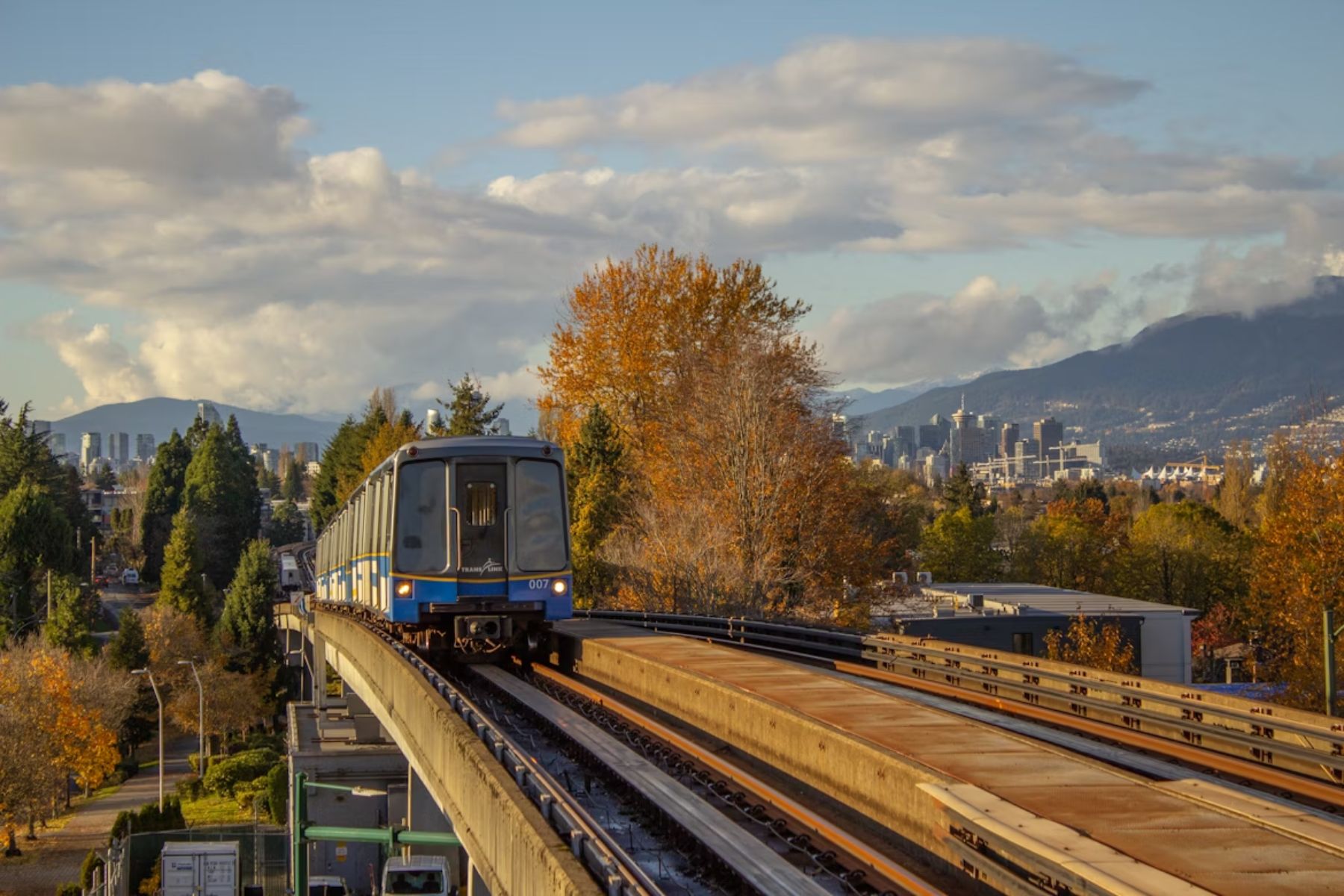
The fully automated SkyTrain zips through the city with views of the ocean and peaks past streets aligned with landmarks like mountains and inlets. High walkability also earns Vancouver top North American scores, and the buses here announce stops aloud. Moving around is so easy, you can circle the city on the seawall trail.
Venice, Italy: A Beautiful Maze With Few Clues
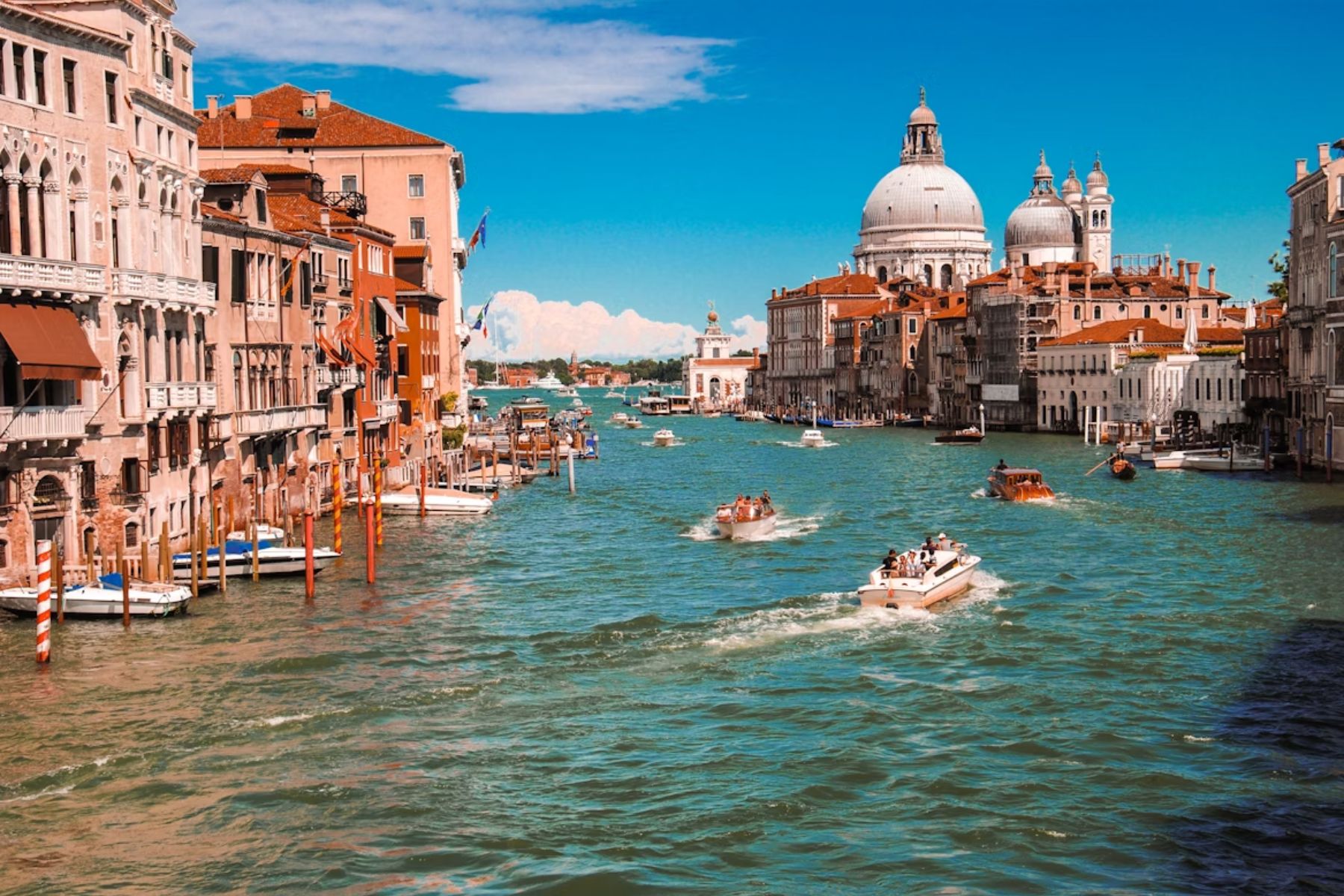
Navigating Venice can be a headache. With no cars, every route is by foot or boat, and the street signs mostly guide you only to the main landmarks. Alleys may change names midway, and some paths lead directly into canals. GPS here might struggle in tight corridors, so grab a map—or better yet, a gondola.
Boston, USA: Colonial Roots Create A Spaghetti Street Grid
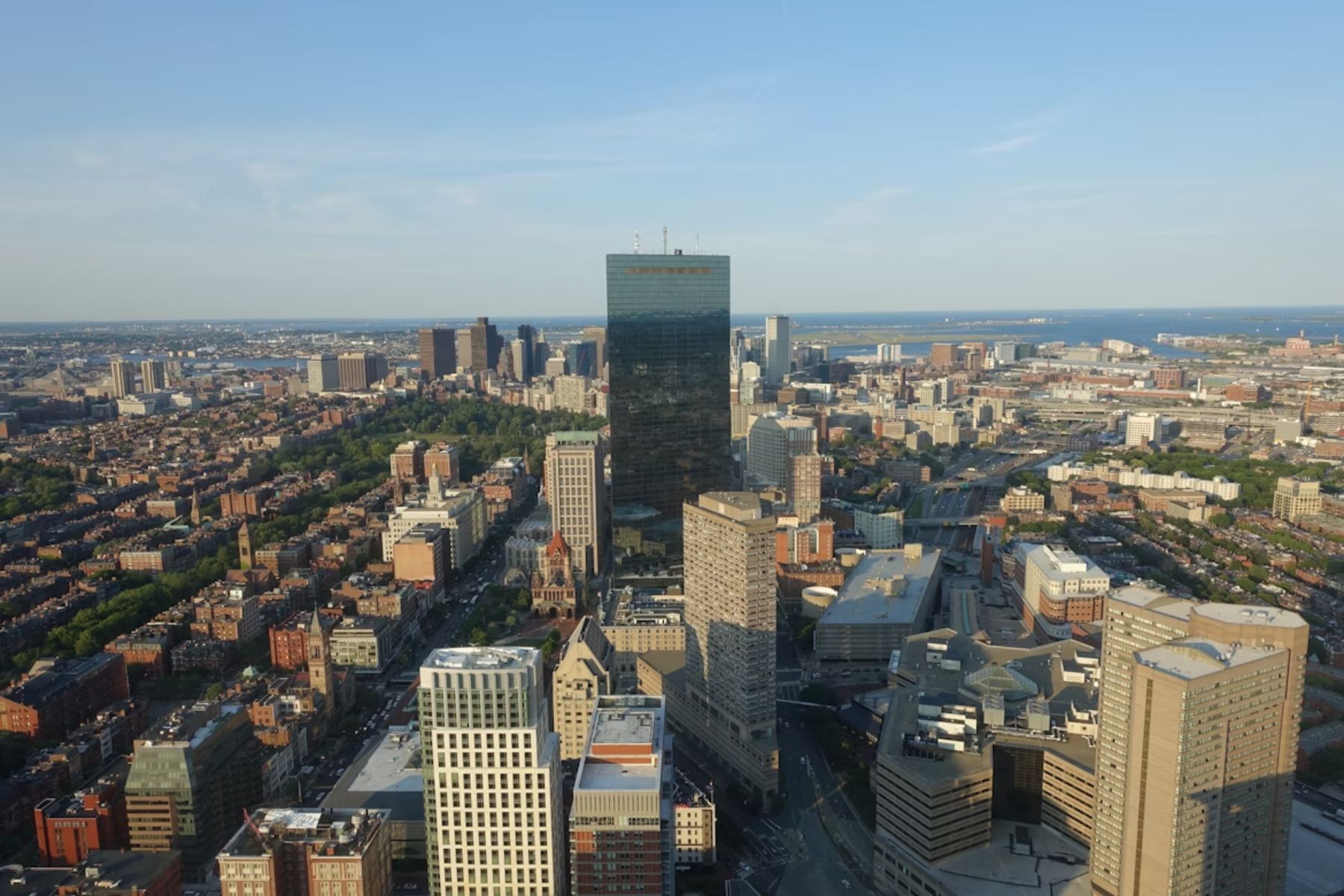
What began as cow paths became a city of tangled intersections. Forget a grid system—streets veer, twist, and sometimes double back to where you started. “Squares” aren’t square, and names offer little logic. Tourists often opt for following visible landmarks instead of relying on maps. It works…sometimes, and other times it does not.
Marrakesh, Morocco: Souks, Sounds, And Sensory Overload

The Medina offers few signs and even fewer numbers, such that even the locals orient themselves by shopfronts. Motorbikes zoom past pedestrians in tight alleys, and some paths end abruptly or lead nowhere. Here, it’s immersive, chaotic, and easy to get spun around. Good luck asking for directions without naming a spice stall.
Los Angeles, USA: A City Built For Cars, Not Walkers
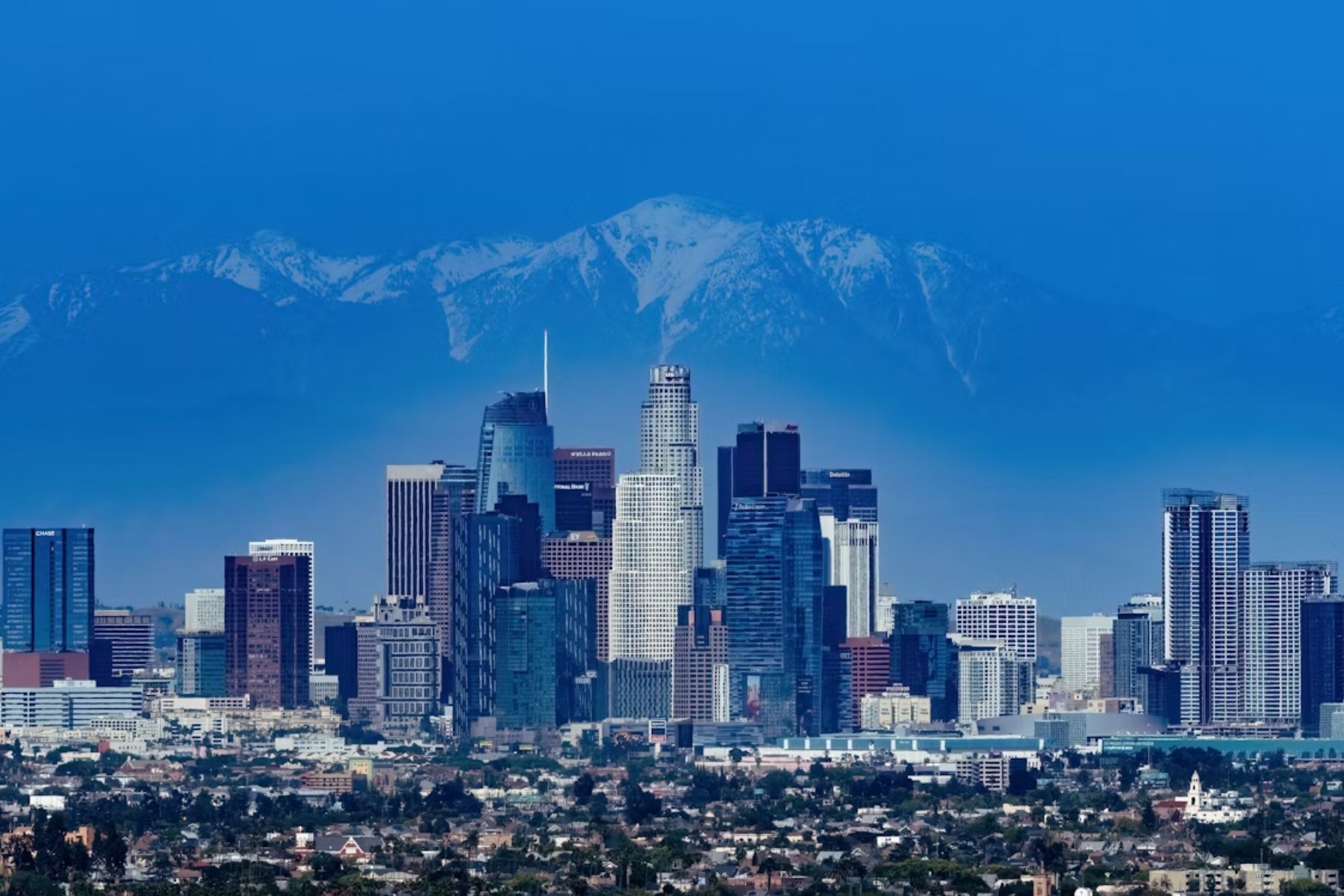
LA’s vast sprawl obscures the actual distance. Public transit is disconnected and slow. Streets named “Sunset” can appear in multiple neighborhoods. Traffic lights take forever, and the locals use freeway names like GPS waypoints. What? When you are heading here, pack patience—and maybe an extra tank of gas (or Uber money).
Istanbul, Turkey: Layers Of Empires In One City
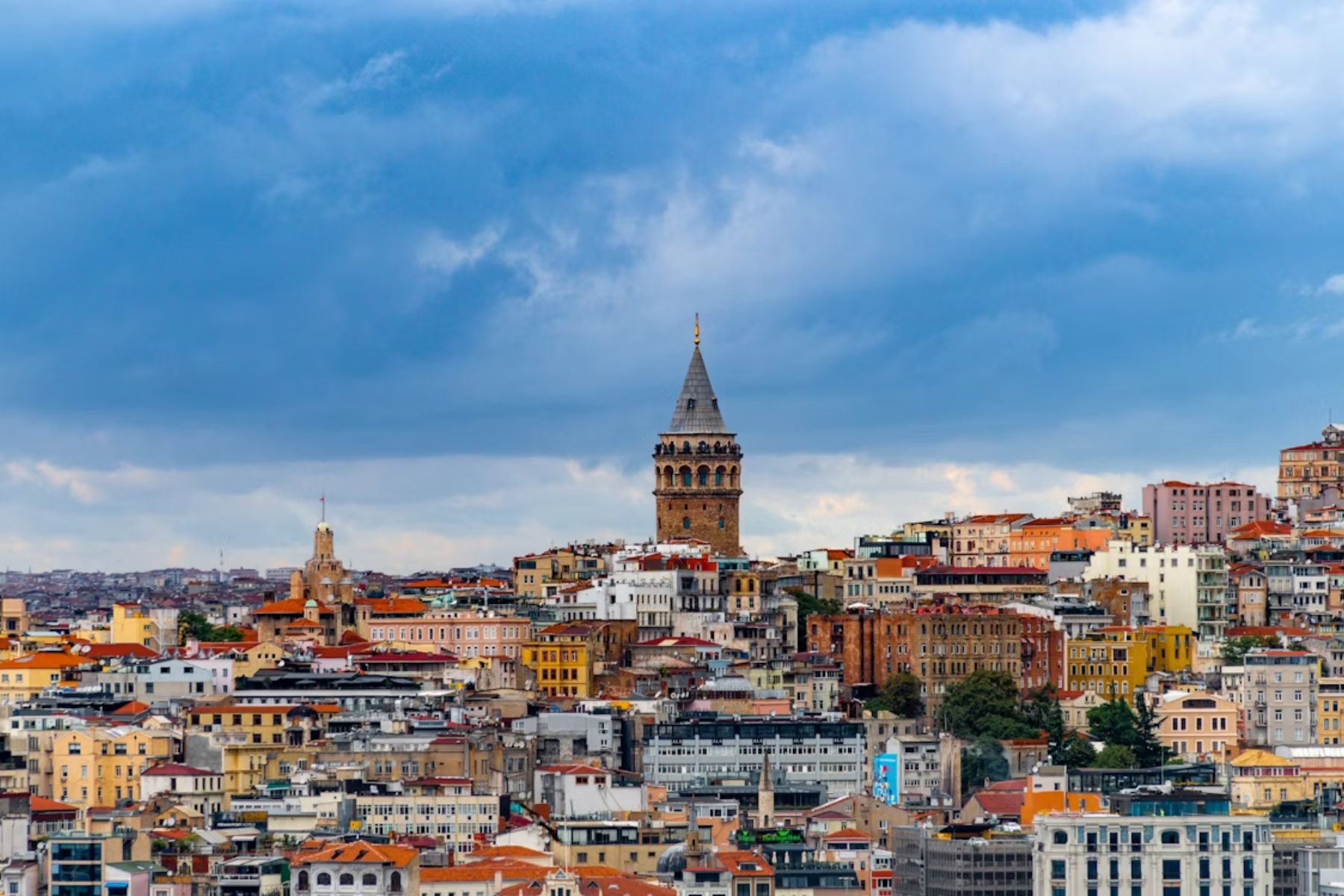
Here, roads cross empires—Roman, Byzantine, Ottoman. Add steep hills and the Bosphorus Strait, and you’ve got your work cut out for you. Street numbers can reset between areas. Maps don’t always match reality: paths are buildings in reality. The city straddles two continents, so you’d better be careful not to wind up on the wrong one.
São Paulo, Brazil: Urban Jungle With Repeating Names
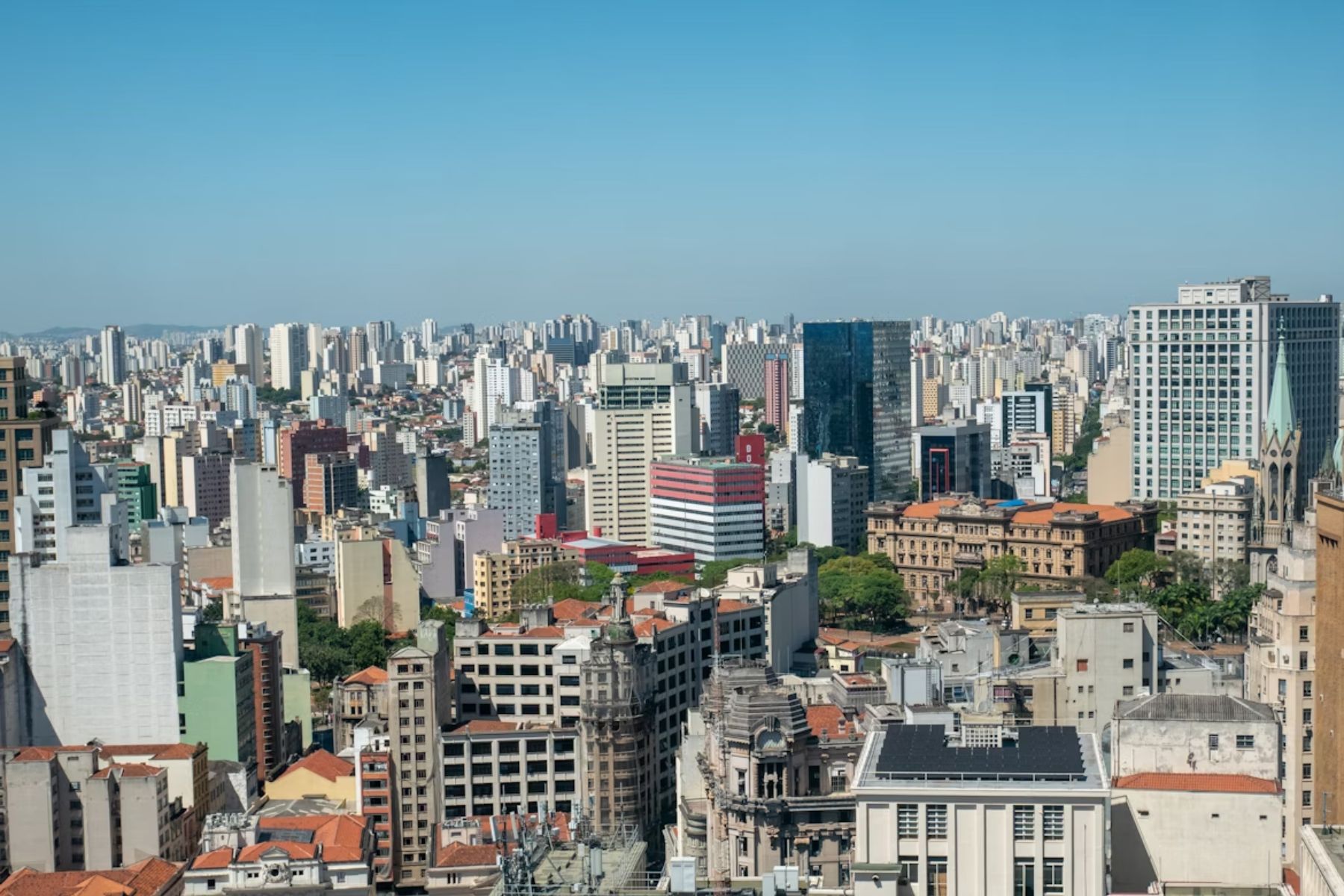
In São Paulo, countless streets share the same or nearly identical names—“Rua das Flores” pops up all over the map. Numbering systems shift from one district to the next, offering little consistency. That’s why locals rely on landmarks, not addresses. GPS often sends drivers to the wrong place, and traffic can drag on for hours.
New Delhi, India: A Labyrinth Of Old Meets New
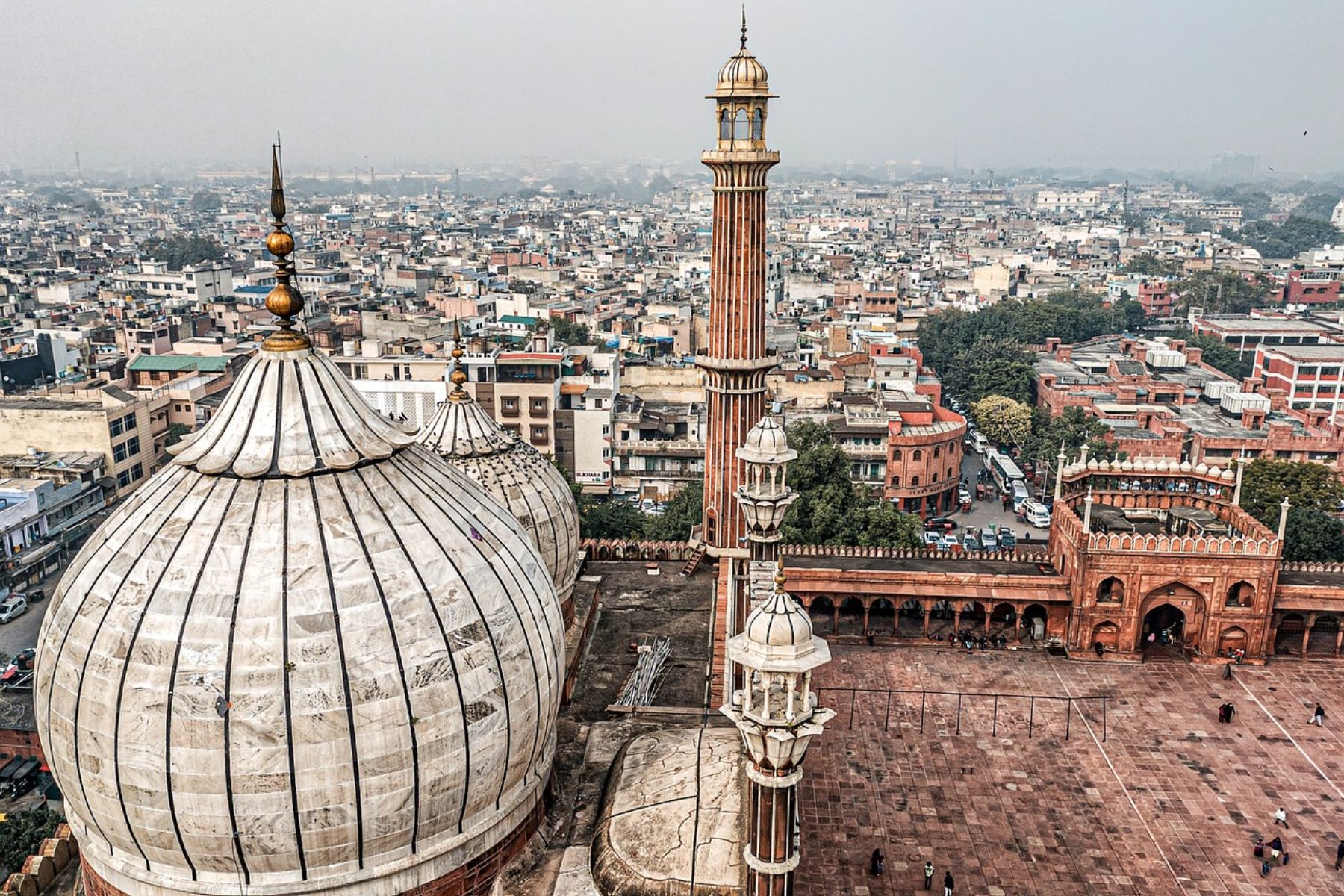
Colonial-era planning collides with ancient alleyways. Then, signage is inconsistent. For returning visitors, finding streets with new names is typical because they may be renamed after elections. Roundabouts often leave you with multiple options, with no labels to guide you. Locals navigate by monuments or temples. Maps help, but a friendly rickshaw driver helps more.







